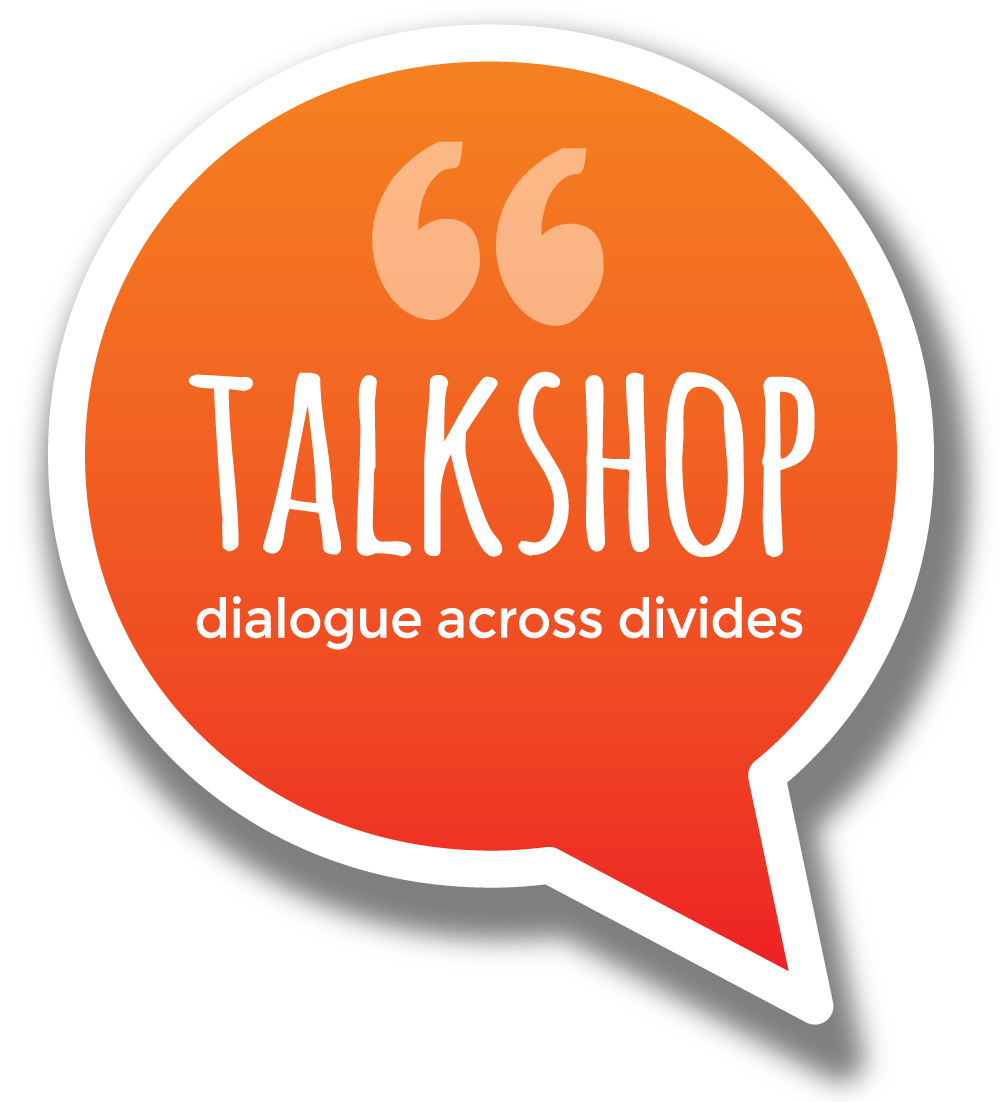Perry Walker writes:
A couple of years ago, I was trained in a marvellous method called Convergent Facilitation (CF) by its inventor, Miki Kashtan, from BayNVC in California, in the USA. Since then, I’ve been musing on which types of win-win solution CF works for, and which other types there might be.
First, though, what is Convergent Facilitation? CF encourages us to seek the ‘non-controversial essence’ between groups that need to explore their differences in order to resolve some issue. This story, told by a retired American activist called Sally Miller Gearhart, brings out what this means with great power:
“Five years ago when I’d see a logging truck loaded with redwoods or old oak, I’d shoot the driver a finger. He’d shoot one right back at me… Three years ago, I was a shade more gentle. I would stop dead in my tracks, glare at the driver of a logging truck and make sure he read my lips: “Fuck you, mister”. Then he’d go home and add another bumper sticker to his truck: “Earth First! We’ll log the other planets later.”
I’ve [now] learned that my pain, anger and/or hatred accomplish nothing except to render me ineffectual and to increase the problem by adding to the pain, anger and hatred that already burden the world. I’ve learned that whole parts of my identified ‘enemy’ are really my own self, walking around in different costume.
These days… when I meet an erstwhile ‘enemy’… I look for the joining point, the place where we are the same, where we can meet each other as beings who share the experience of living together on this planet.”
I use CF alongside the PIN diagram, which comes from mediation. This asserts that we often begin by striking a position (the ‘P’ of the diagram), especially when suffering the discomfort caused by conflict. Underneath our positions, though, are our interests and needs – the ‘I’ and the ‘N’. Two groups may have no overlap in their positions, but since, as Sally Miller Gearhart puts it, we “share the experience of living together on this planet”, at the level of interests and needs, overlap is bound to be there.
Let me now give two instances of win-win solutions where it doesn’t seem necessary to go deeper into those needs and interests.
One is where some policy, some outcome, is supported by the different groupings for different reasons. One current example is the notion of a citizens’ income – a regular payment by right to all citizens. It appeals to the social democratic left because it appears to promise equality, solidarity and redistribution. Yet it also interests the libertarian right, offering small government, freedom and efficiency. A third set, the tech companies of Silicon Valley, support it because it gives customers money with which to buy their products – even if the jobs that those customers used to have are now done by robots.
The second category is the false contradiction, where it seems impossible to satisfy the demands of two or more groups, because they appear to be in conflict. Jim Rough, deviser of another powerful method called Dynamic Facilitation, tells the story of the Great Peace March for Global Nuclear Disarmament which took place in the USA in 1986. The 400 Americans taking part had split into two polarised factions. One argued: “We should march along in orderly rows to impress the media and maintain order in the face of traffic”. The other contended: “We should move at our own pace in a strung-out line so we can appreciate the natural world and chat with people in homes and schools we pass”. The group was trapped by heavy rain in an evil-smelling fertiliser factory. They rigged up a speaker system and everyone who wanted to speak had two minutes in which to do so.
After two hours, someone spotted the false contradiction, which was the assumption that everyone needed to walk the same way the whole time. They said, “Why don’t we all walk together in the cities and let people walk at their own pace in the country?” The next two people agreed with this. The rain stopped. The silence was deafening. With no further talk, everyone got on with it: they knew how they were going to behave.
A similar case comes from the Sandy Spring Quaker meeting house in Maryland, also in the USA. When the meeting house became too small for the range of events held there, including concerts and graduation ceremonies, a balcony was proposed. Everyone recognized the need, but some still objected, because building the balcony would involve destroying the remains of an old partition which had once separated men and women. People said things like:
“But I love that old partition. It reminds me of where we’ve come from.”
“That partition has been there all my life. I’m not sure I could worship here if it were gone.”
There was impasse for three years. Then a man called Brook Moore stood up during a Quaker meeting for worship and said, “I see a balcony in this room and it is faced with the panels from the partition.” The silence that followed was a sign that he had found the resolution. His scheme was adopted and the balcony built. The day after it was finished, two events both filled it.
There is in fact a technique which helps in identifying the false contradiction, called Attribute Dependency, which comes from the world of innovation. Take two previously unrelated attributes or features, it says, and connect them. When the gallery was first proposed, it and the panels were unrelated. It took Brook Moore to see that they could be connected.
If you know of other types of win-win solution and how to identify them, Perry would love to hear at perryw@talkshopuk.org.
Perry would like to thank Paul Thistlethwaite, members of the Hereford ‘non-book group’ and participants in various win-win workshops for help in thinking this through.
